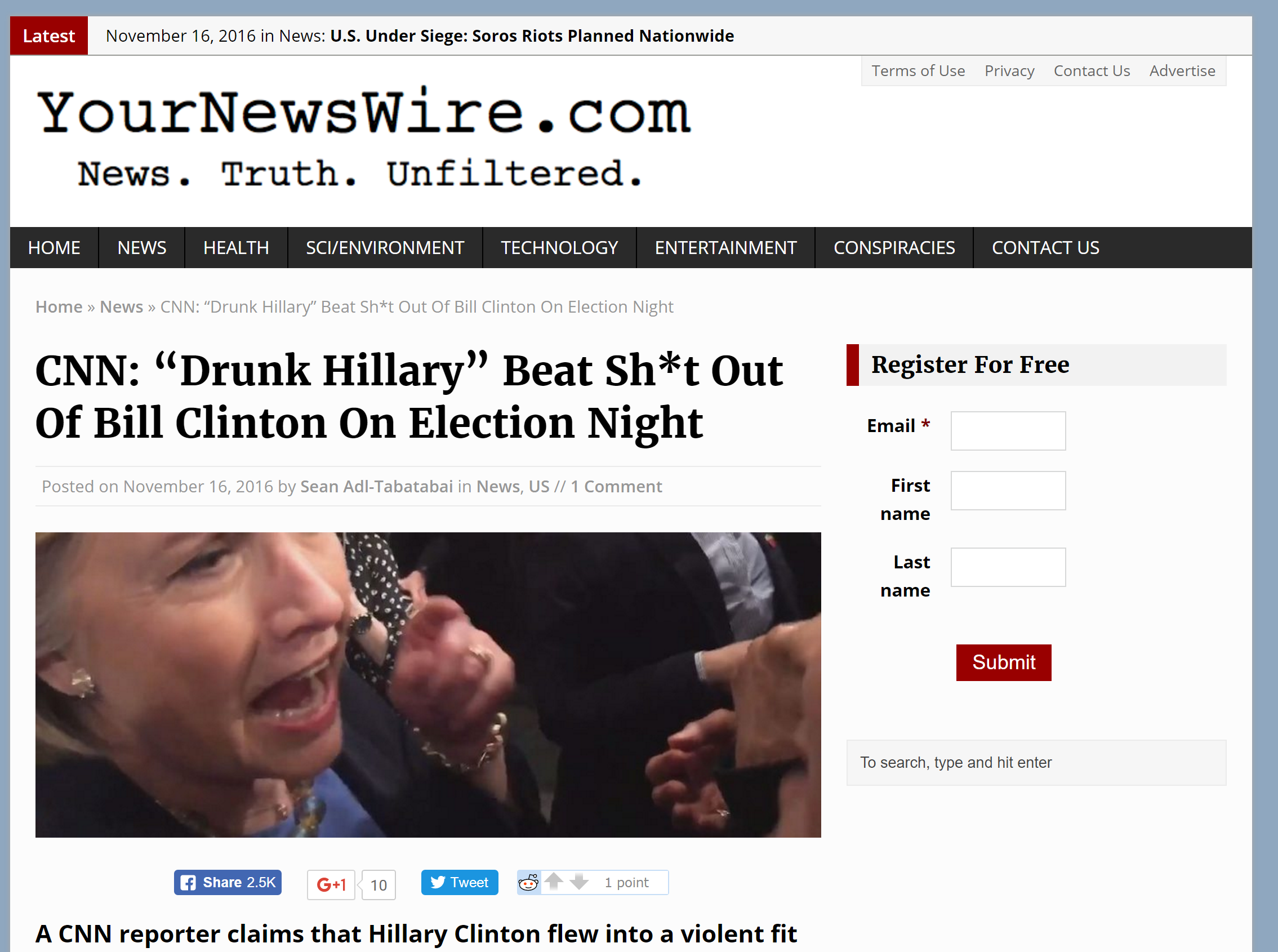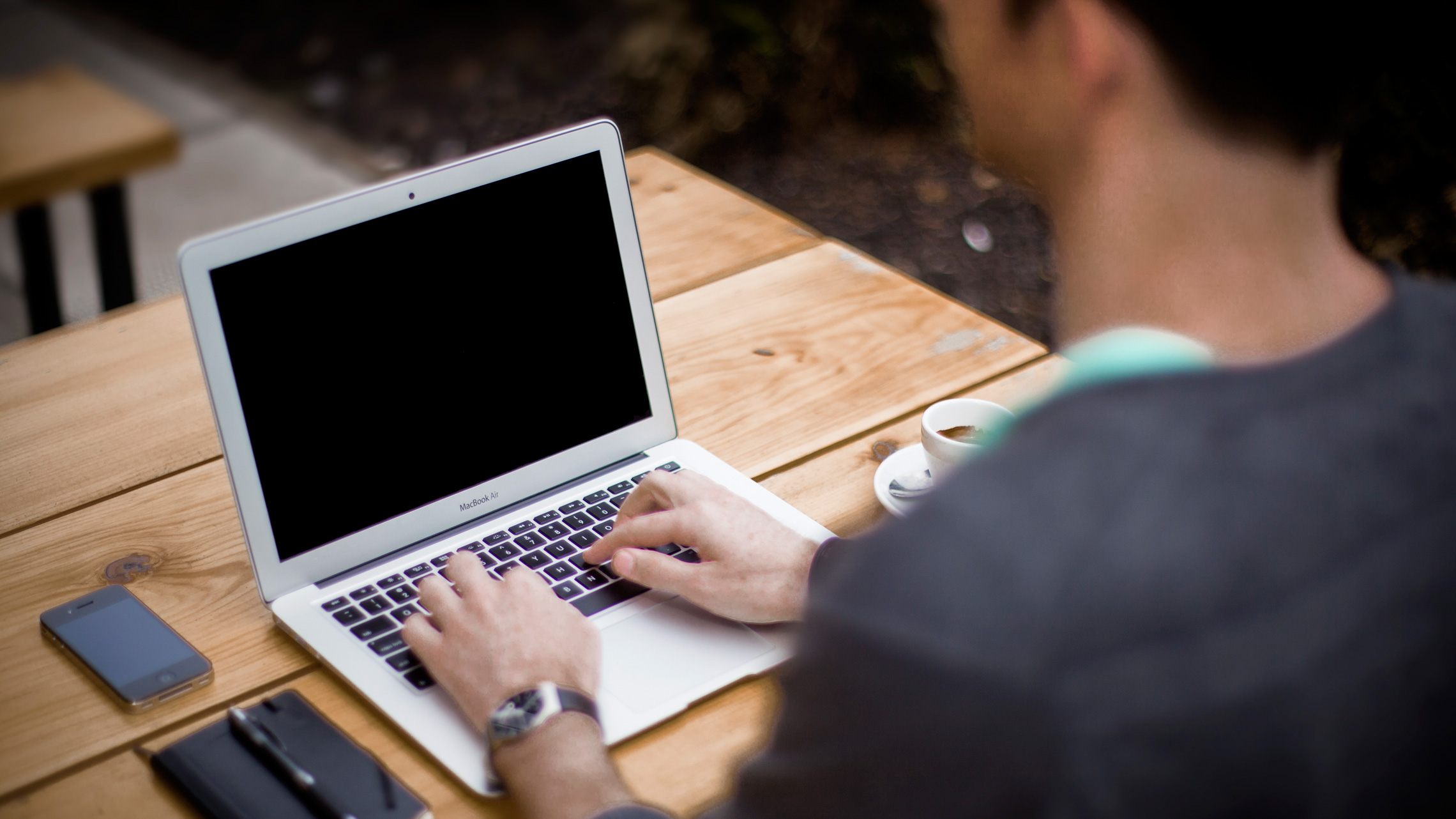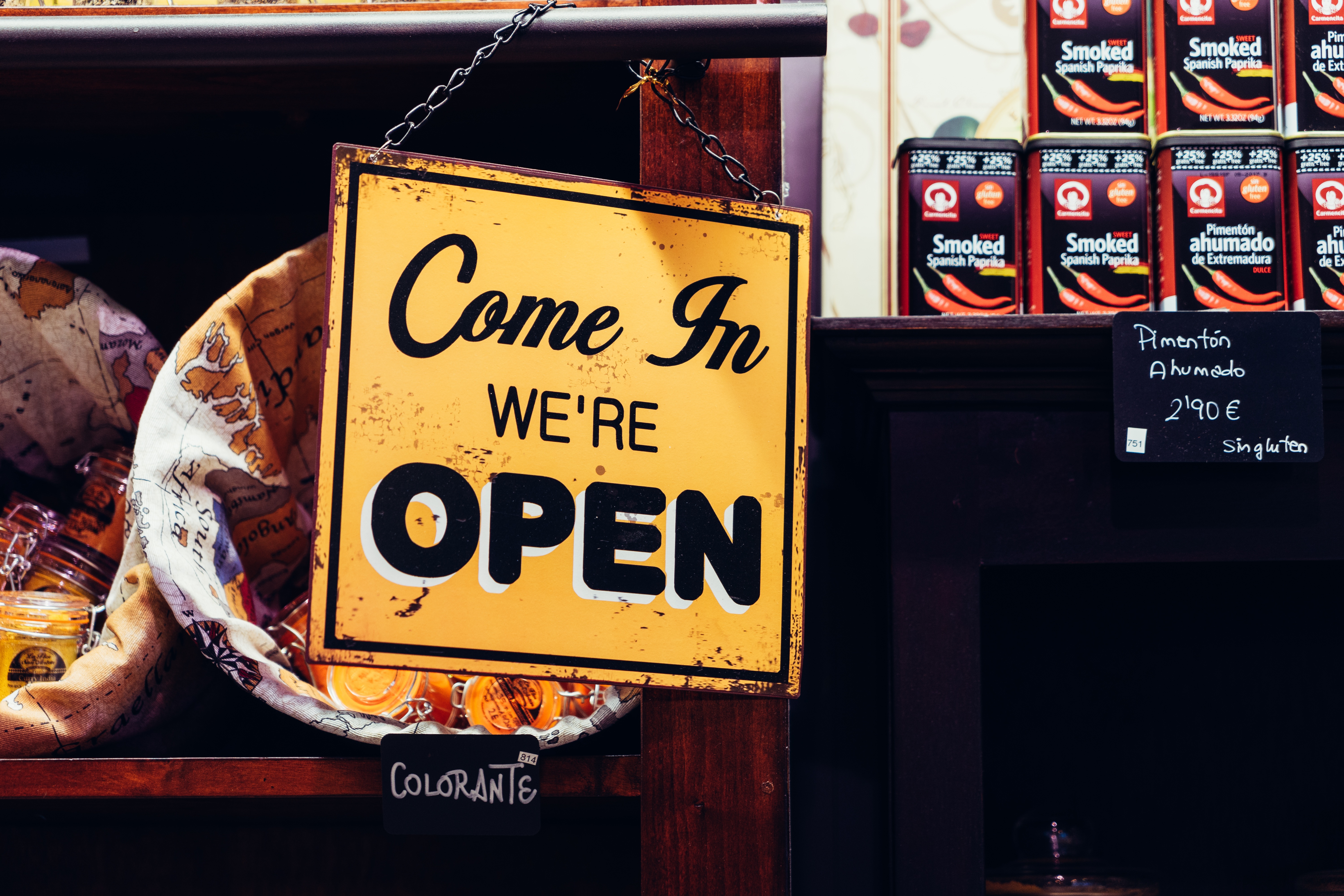The Fake News Crisis: What it means for business
One of the most prominent news stories on social media this week is the circulation of fake news.
It seems that the US Presidential election has become a turning point for social media usage, with an increase in users and content attempting to influence the outcome. Platforms and search engines were widely criticised after the polls for failing to prevent the spread of fabricated stories.
Yet, while social media usage has skyrocketed, so has the propagation of news stories that are either completely fabricated, or based on unconfirmed half-truths.
While there is a debate going on at the moment over the regulation of news on social media, including whether the platforms should be held to the same journalistic standards at other news outlets, journalists and influencers are all chipping in with their opinions.
Even Pope Francis had something to say.
But what has this got to do with me?
Commercially speaking, clickbait and fake news can seriously damage a business’ reputation with social media users.
From a PR point of view, the sharing of news stories by commercial organisations is usually a means to establish them as a thought leader, or to provide interesting and thought provoking content to their followers to increase their reputation online.
While the issue is so prominent in the media, circulation of fake news by an organisation can lead to them being seen as an untrustworthy source if the source or story is discredited. Leading to a decrease in follower numbers or discrediting future posts – ever hear of the boy who cried wolf?
It could also be the case that for larger organisations the stories may involve them, thus directly affecting their reputation with rumours or falsifications about how they operate.
How do I spot a fake news story?
Sometimes the way that fake news is presented makes it very difficult to spot, especially in the myriad of content consumed by social media users each day.
If you come across a story that you’re thinking of sharing on social media, the responsible thing to do is to check its authenticity before clicking.
The easiest way to do this is to ask yourself the following questions, as outlined by the BBC:
- Have I heard of this website before?
- Is this the source I think it is, or does it sound a bit like them?
- Can I point to where this happened on a map?
- Has this been reported anywhere else?
- Is there more than one piece of evidence for this claim?
- Could this be something else?
What do I do if I spot a fake news story?
If you do spot a fake news story, either on your commercial or personal account, the ethical thing to do is to report it to the platform for further investigation.
Each platform has its own method of reporting a post. On Facebook, you can click right hand arrow at the top of the post for more options, for Google you scroll to the bottom of the page and click ‘Feedback’, and on Twitter you can click the three dots beneath the Tweet to report it.
A thorough guide including screenshots can be found on the BBC website.
After the media attention that fake news is receiving, platforms and search engines are keen to prove that they’re taking the problem seriously, and I bet it won’t be long before there is a more efficient system in place for testing a story’s authenticity before it can be shared.
In the meantime, users will have to remain vigilant and use their judgment to determine which stories are real, and which are fodder for users who click share without thinking.



